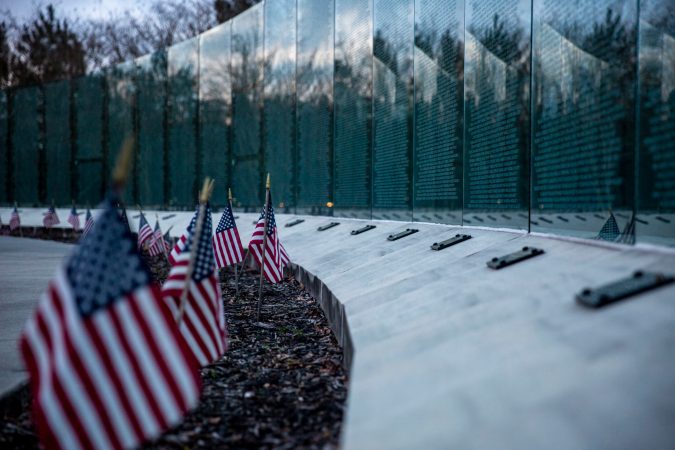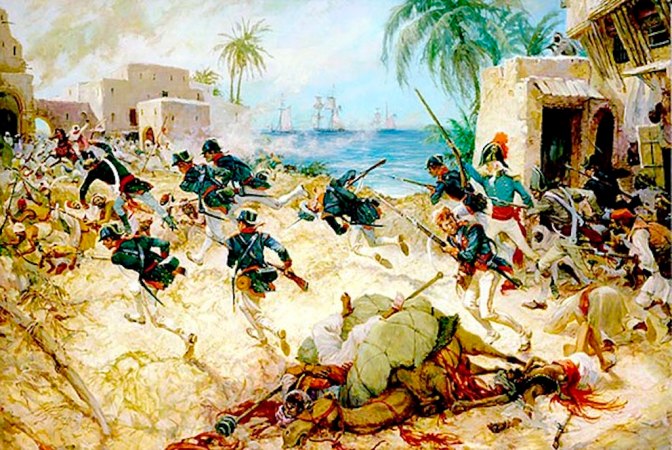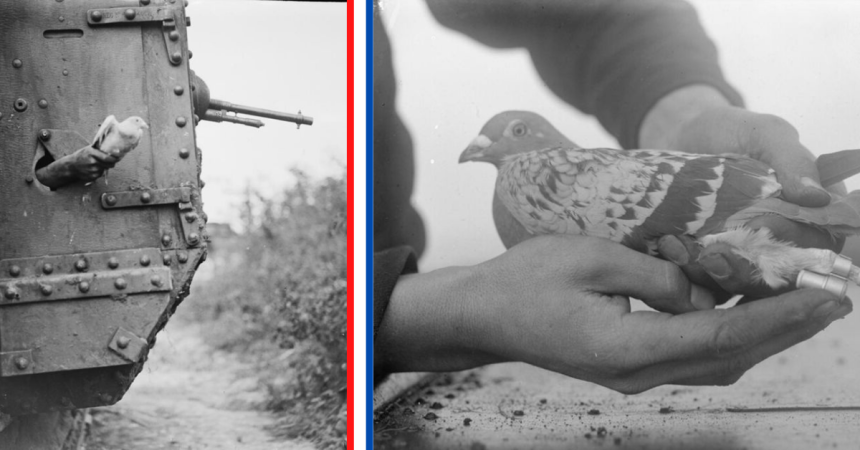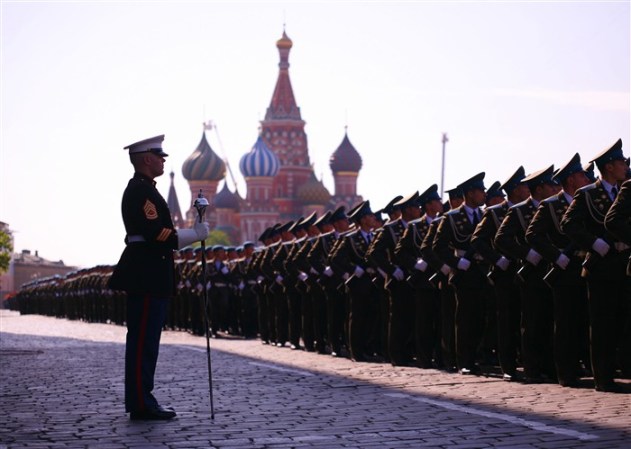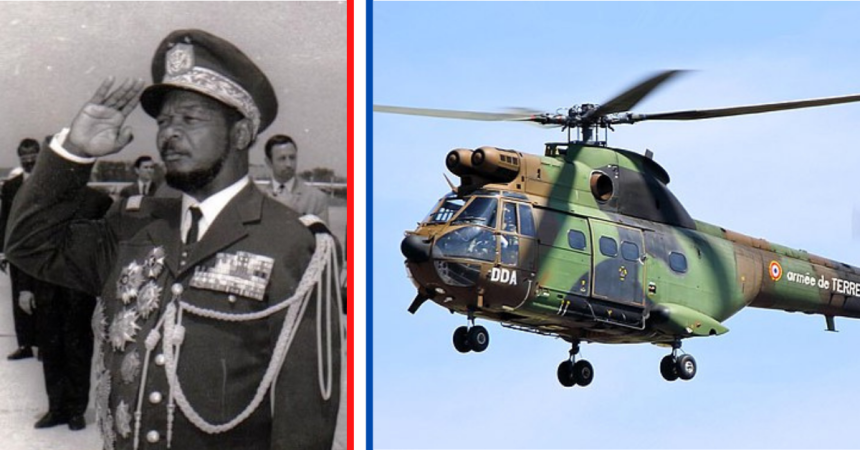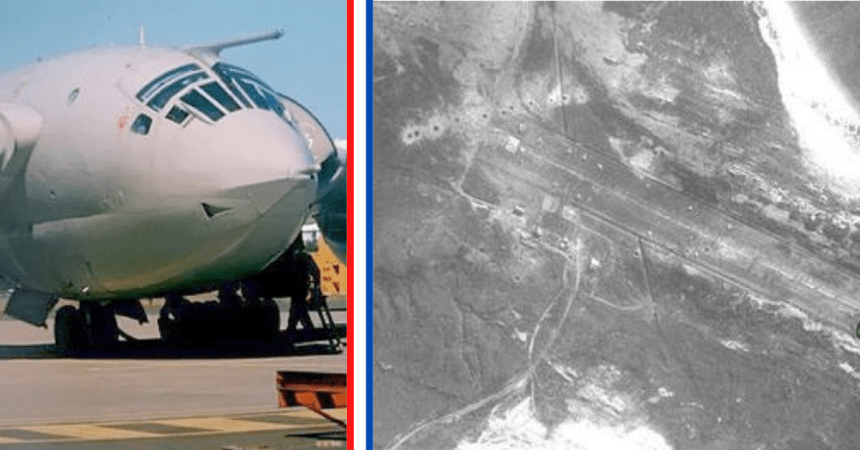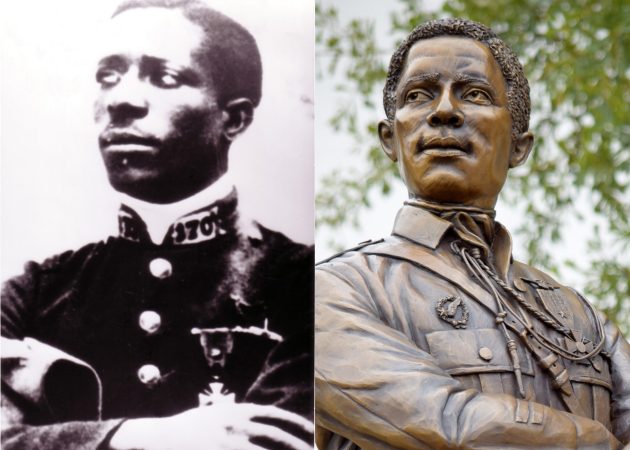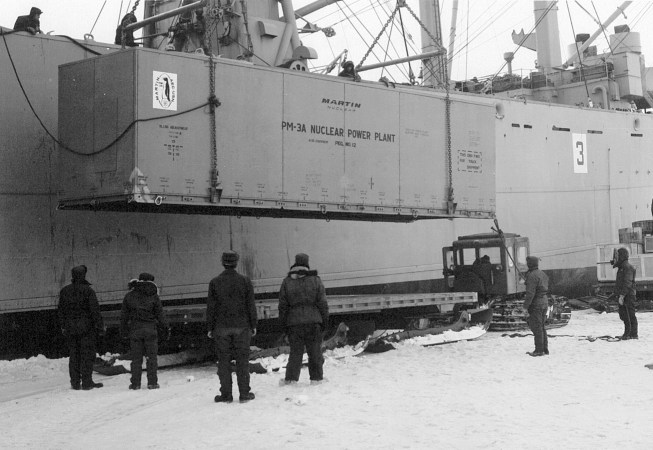It may sound like a summer disaster movie where the writers went a little too far while writing it. “What if, to stop the lava, the Army comes in and bombs it?”
But, umm, that happened. Multiple times. Seriously. The Army and Air Force just keep bombing volcanoes.
And it’s not quite as crazy as it sounds, but modern experts are skeptical that it will ever really work.
The basic idea is simple. Lava often flows in underground channels called lava tubes. In some volcanoes, that’s the primary way that lava moves away from the high-pressure magma chambers.
In Hawaii, the Mauna Loa volcano often threatens nearby towns. Its most recent eruption came in December 2022. The eruption started at the summit caldera, with the typical “lava emerging from the top of a mountain” scene you often see in movies. But, quickly, other fissures opened down the mountain where lava emerged separately. That’s thanks to lava tubes, where the magma moves through the earth until it finds a new opening.
And it was these lava tubes, which often drain partially or entirely after an eruption, that the Army Air Corps targeted in 1935 with bombs. The idea was to collapse the tubes to redirect the magma.
The 1935 eruption directly threatened the population center of Hilo and its water source, and lava flowed toward it at the speed of 1 mile per day. That may not sound like much but think of it like It Follows except that the monster is literally tons of molten rock. So volcano experts reached out to the Army and asked for bombs, lots of bombs. Believe it or not, Lt. Col. George S. Patton was part of all this because of course he was. That dude was everywhere.
But the bombs were a lot of sound and fury, accomplishing nothing. Lava tubes are hardened rock and most survived.

In 1942, the Army Air Corps tried again. This time, some lava tubes did collapse, but scientists are pretty certain that the collapses happened due to natural processes and were unrelated to the bombs.
The Air Force ran two tests in 1975 and 1976. These bomb runs were against ancient and empty lava tubes as well as a “spatter cone.” Spatter cones turned out to be especially vulnerable to bombing, and a 1980 report suggested targeting these in the future. Spatter cones are the little mini volcanoes that form when lava exits a tube or fissure. It’s basically a pile of barely cooled rock.
But the underlying problem is that magma and lava are forced upward by the overwhelming pressure of miles of rock pressing down on them. Against that much pressure, a collapsed lava tube near the surface is nothing. A spatter cone is even less. At best, collapsing a lava tube might get the magma or lava to flow through a different channel or open a new fissure, a new fissure that might threaten the same population center.
And, in America, there’s an additional wrinkle. The most active volcano in the country is Mauna Loa, and Hawaiians believe lava is the spirit of Pele, a deity.
Believe it or not, most people don’t want their god being bombed.


